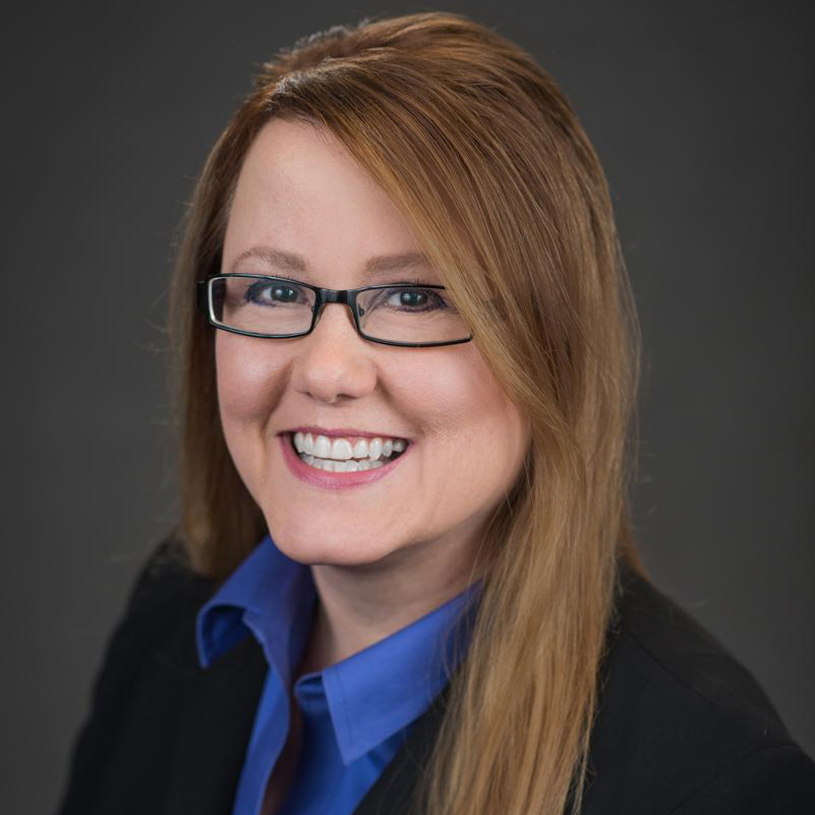
Nobody asked for a pandemic, but potential long-term good news stemming from COVID-19 is that lasting positive changes could be in store for senior living and other long-term care providers.
That’s according to LeadingAge President and CEO Katie Smith Sloan and Senior Vice President of Public Policy/Advocacy Ruth Katz.
“[M]any people realized for the first time … that aging services in the United States are not especially well organized because there is no entitlement to long-term care” in the United States, they wrote in the spring 2022 issue of the American Society on Aging’s Generations journal.
But big crises can lead to big changes, Sloan and Katz said.
“[I]t may be that only a crisis of this size would bring policy makers to a willingness to face the reality that by 2030, 20% of the people in the United States will be older than age 65, compared to 15% today,” they wrote, adding that at age 65, a person has a 50% chance of needing paid long-term care services some time before they die.
They advocate for aging services system reforms that recognize “hard-earned lessons” from the pandemic as well as racial and economic equity considerations and an acknowledgement of the increasing number of people living with dementia.
Seven elements are important to those reforms, Sloan and Katz said:
- A financing system that includes new public spending and involves everyone paying their fair share.
- An infrastructure that provides older adults and their families with a “one-stop shop” to determine program eligibility, assess needs and offer service coordination.
- Home- and community-based services that are available to all who choose them and can evolve with changing needs.
- Additional affordable senior housing units for low-income individuals who qualify, so more older adults have a place to receive care.
- Residential models of care that meet the needs of people who require around-the-clock care and services, and are modern, homelike settings where people want to live and work.
- A special focus on the professionals who provide care and services, to ensure that they are trained, qualified and compensated fairly.
- A focus on diversity, equity and inclusion in both staffing and the population served.
It’s not solely up to policymakers to address the challenges facing the industry, of course — nor would you and your fellow providers want it that way. Indeed, as the country learns to live with COVID-19 and similar infections, Sloan and Katz wrote, providers will need to continue to evolve and innovate.
“Understanding the lessons of the pandemic is an essential part of this evolution,” they said.Read their entire piece here.
Lois A. Bowers is the editor of McKnight’s Senior Living. Read her other columns here.

